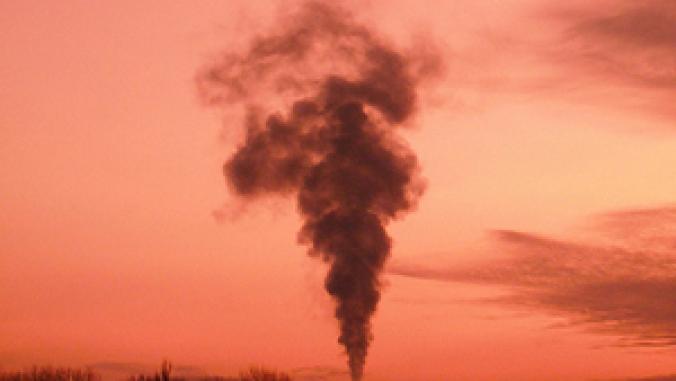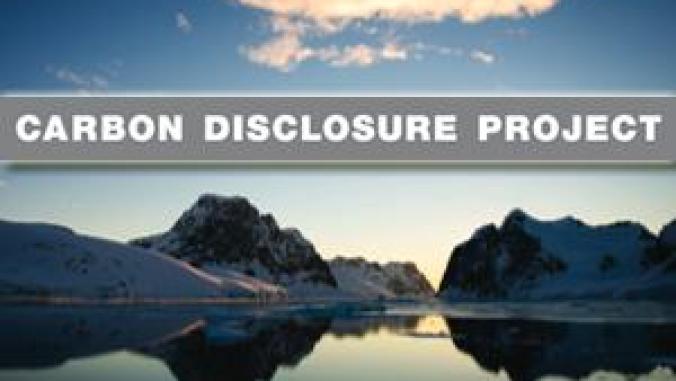EU Votes to Tighten CO2 Laws
The European Parliament environment committee cast a series of votes Tuesday that will lay the groundwork for an aggressive climate change road map that will guide its 27 member states through 2020.

The European Parliament environment committee cast a series of votes Tuesday that will lay the groundwork for an aggressive climate change road map that will guide its 27 member states through 2020.
The lawmakers voted to set carbon dioxide (CO2) emissions caps on electricity generators, push carbon capture and storage (CCS) technology and impose tighter rules on the offsets that industry can buy to meet their CO2 reductions goals. As a whole, EU bloc states aim to reduce emissions 20 percent by 2020.
The development comes as the financial markets worsen around the globe. Many businesses -- and even coal-dependent Eastern bloc states such as Poland -- rallied for softer regulations for fear of hindering economic growth. Tuesday’s votes lay out the EU’s climate and energy positions in advance of a final version on which EU leaders must agree later this year.
In a move described by several as a surprising, the committee voted to impose a cap on electricity generators after 2015 in a move that will put a damper on future coal-fired power plants not outfitted with CCS, Reuters reported. The proposal calls for setting the cap at 500 grams of CO2 per kilowatt hour, about half of the average coal plant. Up to $10 billion could be spent to develop the largely untested CCS technologies.
The committee also voted to phase in an auction of allowances, rather than give them away for free, which is now things are now done. Critics say handing permits out has generated windfall profits for utilities. Beginning in 2013, about 15 percent of permits will be auctioned before being increased to a 100 percent auction in 2020.
The committee voted to reduce the amount of offsets businesses can use to meet their caps, from 6.5 percent now to 4 percent between 2013 and 2020, according to Reuters. They may only use high quality offsets during the second phase of the EU Emissions Trading Scheme.
The lawmakers voted to set carbon dioxide (CO2) emissions caps on electricity generators, push carbon capture and storage (CCS) technology and impose tighter rules on the offsets that industry can buy to meet their CO2 reductions goals. As a whole, EU bloc states aim to reduce emissions 20 percent by 2020.
The development comes as the financial markets worsen around the globe. Many businesses -- and even coal-dependent Eastern bloc states such as Poland -- rallied for softer regulations for fear of hindering economic growth. Tuesday’s votes lay out the EU’s climate and energy positions in advance of a final version on which EU leaders must agree later this year.
In a move described by several as a surprising, the committee voted to impose a cap on electricity generators after 2015 in a move that will put a damper on future coal-fired power plants not outfitted with CCS, Reuters reported. The proposal calls for setting the cap at 500 grams of CO2 per kilowatt hour, about half of the average coal plant. Up to $10 billion could be spent to develop the largely untested CCS technologies.
The committee also voted to phase in an auction of allowances, rather than give them away for free, which is now things are now done. Critics say handing permits out has generated windfall profits for utilities. Beginning in 2013, about 15 percent of permits will be auctioned before being increased to a 100 percent auction in 2020.
The committee voted to reduce the amount of offsets businesses can use to meet their caps, from 6.5 percent now to 4 percent between 2013 and 2020, according to Reuters. They may only use high quality offsets during the second phase of the EU Emissions Trading Scheme.




